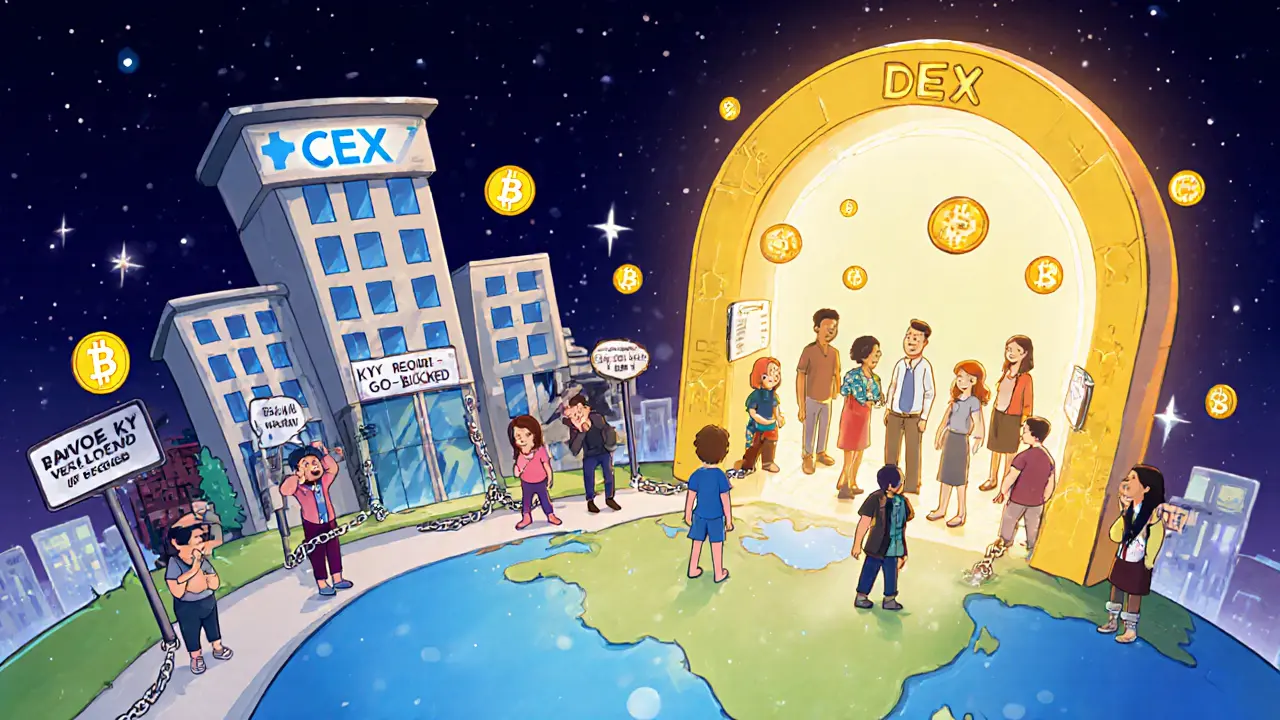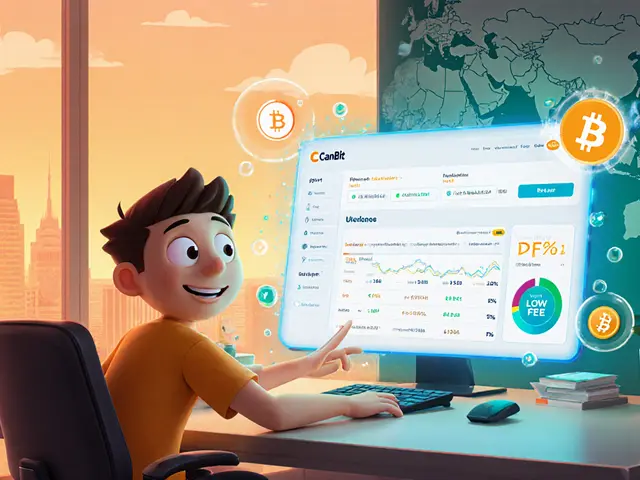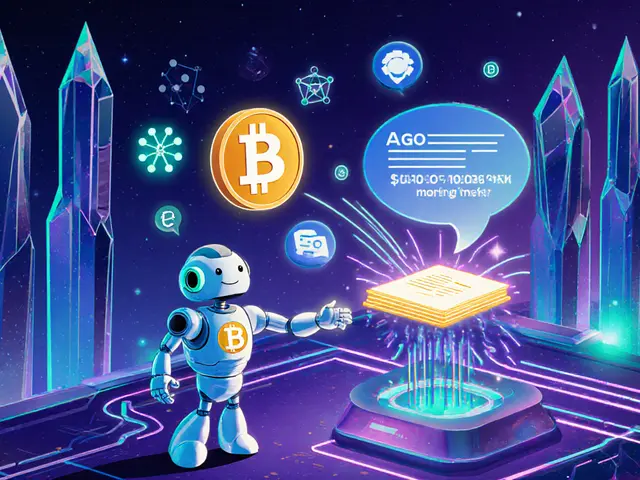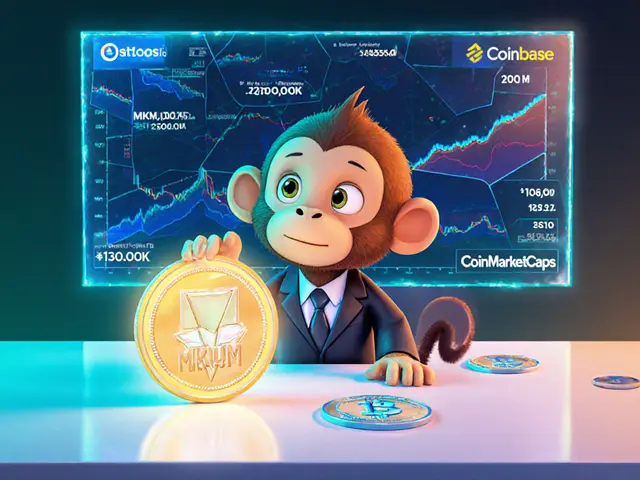Decentralized Exchange: What It Is and Why It Matters in Crypto
When you trade crypto on a decentralized exchange, a peer-to-peer platform that lets users swap digital assets directly from their wallets without a central authority. Also known as a DEX, it removes banks, brokers, and account freezes from the equation. Unlike centralized platforms like Binance or Coinbase, a decentralized exchange doesn’t hold your money. You keep control of your keys, your funds, and your risk. That’s the whole point.
Most DeFi, a system of financial applications built on blockchain that operates without traditional intermediaries tools run on DEXs. Think of them as the backbones of crypto trading—where you swap tokens, stake liquidity, or earn yield without asking permission. Platforms like WOOFi and Sovryn, mentioned in our posts, are DEXs that let you trade across multiple blockchains with low fees and no KYC. But not all DEXs are safe. Some, like the defunct SparkSwap versions, are abandoned or misleading. Others, like DXBxChange, raise red flags with poor transparency. Knowing the difference matters because your wallet is on the line.
What makes a good decentralized exchange? It needs strong liquidity so your trades don’t get crushed by slippage. It needs audited smart contracts so you’re not getting rug-pulled. And it needs to support the tokens you actually want to trade—like EGP, GNON, or RACA, which show up in our guides. You’ll also find that DEXs are often the only way to access new tokens before they hit centralized exchanges. That’s why so many users in India, China, or Thailand turn to them despite government bans—they’re the only option left.
But here’s the catch: no central authority means no customer support. If you send funds to the wrong address, or connect to a fake DEX site, there’s no help desk to call. That’s why our posts focus on real-world checks—like verifying contract addresses, checking liquidity pools, and spotting scams before you click ‘approve.’ Whether you’re trading on PulseChain, BNB Chain, or Ethereum, the rules stay the same: trust no one, verify everything.
You’ll find guides here on how to use DEXs safely, which ones are still active in 2025, and which ones are dead ends. We cover cross-chain swaps, low-slippage tools, and how to avoid the traps that trap new users every day. If you’re tired of paying high fees on centralized platforms or stuck behind KYC walls, the right decentralized exchange could be your best move. Just don’t skip the homework.



